Buddhist Monuments
There is not dearth of general books on the art and architecture of India or of the treatment of even Buddhist architecture and monuments in smaller or larger compass. Yet, this is a book with a difference, fore it deals comprehensively with Buddhist monuments with a suitable analysis of Buddhist architecture to serve laymen and specialists alike. Thus, one would get here the salient facts in respect of practically all important Buddhist sites and monuments of India, Pakistan and the central part of the Nepalese Tarai, covering art and architecture in the service of the diverse cults of Buddhism that were evolved in India through the ages. Apart from brief notices of various Buddhist places, no less than sixty-eight sites have been individually dealt with in Part III of this book. In the fitness of things it begins, in Part I, with a sketch of Buddha’s life which had a great bearing on the growth of the Buddhist monuments and sculptures. In the first portion of Part II a historical background of Buddhist monuments from the beginning to the last days has been presented, while in the remaining portion of this Part the evolution, growth and ramifications of stupas, monasteries, chaitya-grihas and temples – the main components of Buddhist architecture – have been traced with copious illustrations. The information provided herein is authentic, being from a scholar who has been actively associated with the study of Buddhist monuments as an officer of the Archaeological Survey of India. The excavations at Ratnagiri (Orissa), conducted under her guidance, unearthed the spectacular remains of one of the most important Buddhist establishments of India. The intimately objective touch that the book presents owes itself to the author’s covering most of the ground personally and painstakingly over a considerable span of time. The analysis presented here is objectively inclusive enough to provoke the interest and to satisfy the curiosity of the connoisseurs, advanced students and well-versed scholars. The book will be of great use to the interested tourists seeking correct information about the bewilderingly large Buddhist sites which they have to rush past and for which there are no comprehensive books dealing with all important sites. Profusely illustrated with 142 photographs and 21 line-drawings and two maps to show the sites dealt at length, the book brings the Buddhist monuments nearer to the reader. Yet, it is moderately handy enriched with footnotes, up to date references and an adequate bibliography.
Get it now and save 10%
BECOME A MEMBER

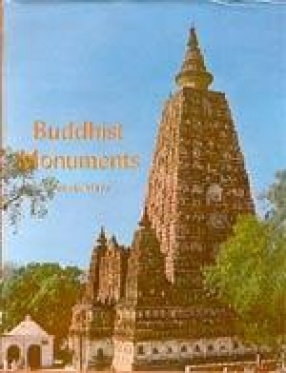

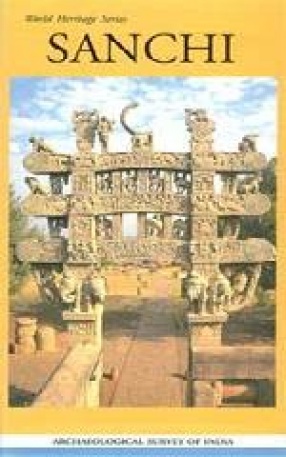
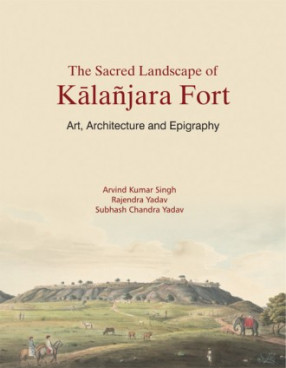
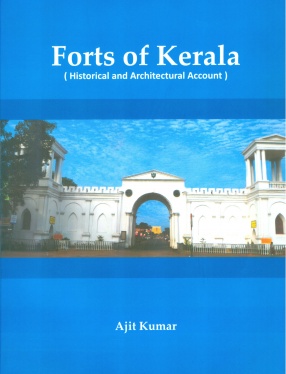
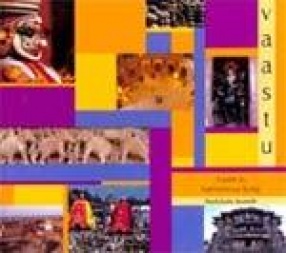
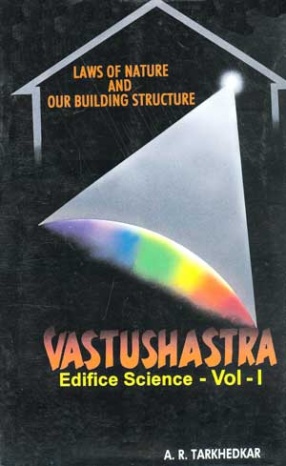

Bibliographic information